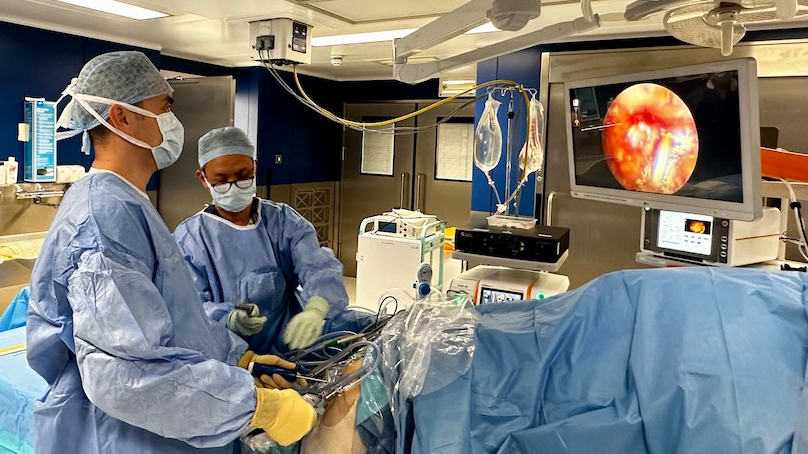Technology is advancing, and that includes TKR techniques. If you’re ready to get a new knee, why not get the best available medical procedure, which can improve your stability and flexibility using a custom rotational alignment? Just ask MSK Doctors.

Total knee arthroplasty is not a new surgical technique - but that doesn't mean it can't be improved. I want to take you on a quick journey through new research and surgical options presented by Prof. Paul Lee, the founder of MSK Doctors in London.
If you would prefer to visit him in person or find the information on the MSK Doctors website - that's easy too. You can find all the details, or book an appointment with no referral, at https://mskdoctors.com/treatments/twis-tkr
Assuming you're still here, let's talk about knees.
TWIS-TKR, or Turn With Intelligent Stability - Total Knee Replacement, is a new surgical procedure that you may have heard of.
Through a partnership with MAI Motion, specialists can now use advanced scanning and AI technology to customise surgical planning for each client. By customising the surgery to your specific movement patterns, the team is able to provide a more natural knee function, with a reduced risk of complications.
You might be thinking - how much can they improve in a knee?
Well, even though the knee is one of the smaller bones of the human body, it can still be unique in how it connects to surrounding tissues and influences your movement. A specialist from MSK Doctors explained, “Understanding and addressing the unique biomechanics of each patient’s knee, particularly the medial collateral ligament (MCL) and patella, is critical for optimal results.”
Using MAI Motion techniques, specialists are able to see how your muscles, tendons, and ligaments connect and influence each other through various types of natural movement.
Just like we were all told growing up, we're all a little bit unique - so this matters more than you might think.
This technique has allowed surgeons to include a custom rotational alignment for each installation, based on the individual movement patterns of each client, and as a result, they improved my favourite metric - Patient Reported Outcomes (PROMS).
What that means is that people, actual patients like you and me, also say it's improved.
In trials, patients reported improvements in the feel of their new knee, with less pain and discomfort after the operation. The new procedure has also shown improved functional outcomes, meaning improvements to long-term stability, flexibility, and natural movement.
While this procedure is still new, it has been well tested, and doesn't increase risks in any way - so it's really a win-win situation.
Specialists believe that improvements in load distribution throughout the knee joint may also help to extend the life of the prosthetic by reducing wear and tear on the joint, so maybe there are three wins, not just two.
An excerpt from the full report explains, “The journey to precise custom rotational alignment in TWIS-TKR involves advanced imaging techniques to map the patient’s knee anatomy. This detailed analysis allows for a surgery plan that aligns the implant perfectly with the individual’s knee mechanics, respecting the natural orientation of the MCL and patella.”
If it's time for you to upgrade to a new knee, why not get the best possible option, custom-fit to your anatomy?
It's easier than you think - get all the details, or book a consultation with a specialist, at https://mskdoctors.com/doctors/paul-lee/articles/the-importance-of-custom-rotational-alignment-in-knee-replacement
